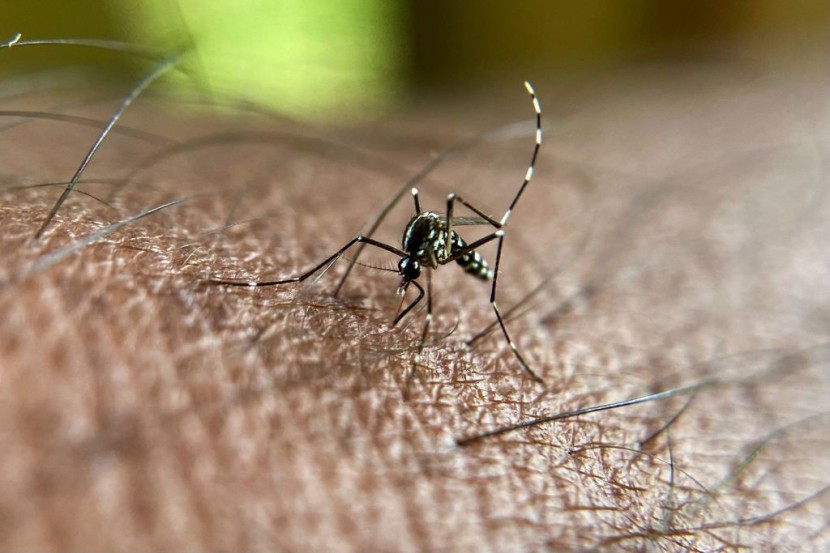
The risk of an increase in West Nile Virus (WNV) cases in autumn has been raised by Russia, as mild temperatures and heavy rains offer ideal circumstances for the mosquitoes that spread the virus. Climate change-related milder temperatures might increase the spread of illnesses like the West Nile virus, according to scientists.
The virus originated in Africa and has since spread over Asia, Europe, and North America. Mosquito bites are the most common mode of transmission. The southwest area of Russia is home to more than 80% of Russia's West Nile fever cases.
Per MINT, Russia's consumer health watchdog Rospotrebnadzor said because of this year's favorable climatic circumstances - heavy precipitation, and a warm and lengthy fall - a large number of (virus) carriers could be seen in the autumn.
According to state health officials, human cases of the mosquito-borne West Nile virus were on the rise in North Dakota, with the severity of symptoms leading to several hospitalizations. Five individuals have confirmed cases, four of them are in the hospital, and two of six persons have pending cases.
What is West Nile Virus?
According to the Centers for Disease Control and Prevention (CDC), the West Nile virus (WNV) is the primary cause of mosquito-borne disease in the continental United States. Humans are generally infected after being bitten by an infected mosquito, as per News18.
It is spread mostly by mosquito bites and can induce a fatal neurological condition in humans; however, most people who are infected have no symptoms.
The mosquito season, which begins in the summer and lasts into the fall, is when the majority of West Nile virus infections occur. One in every 150 persons infected develops a severe, often fatal disease. To minimize mosquito bites, use insect repellent and wear long-sleeved shirts and long pants to reduce your risk of catching the West Nile virus.
According to the CDC, the majority of persons infected with West Nile virus, 8 out of 10, show no symptoms. A fever develops in one out of every five infected persons, accompanied by other symptoms such as headache, diarrhea, body aches, joint pains, vomiting, or rash. Although most patients with West Nile virus fever recover fully, fatigue and weakness can last for weeks or months.
However, one in every 150 persons infected gets a serious illness involving the central nervous system, such as brain inflammation called encephalitis or inflammation of the membranes that surround the brain and spinal cord known as meningitis.
Muscle weakness, visual loss, numbness, high temperature, headache, neck stiffness, stupor, tremors, convulsions, disorientation, coma, and paralysis are all symptoms of severe sickness.
Those of any age can become ill; however, people over the age of 60 are at a greater risk of being seriously ill if they become infected. People with certain medical conditions, such as hypertension, kidney disease, cancer, diabetes, and organ transplant patients, are also more vulnerable.
Is a vaccine against West Nile Virus available?
There are currently no vaccinations or medicines available to prevent West Nile virus infection or to treat those who have it. The majority of persons infected with the West Nile virus "do not feel unwell," Republic World reported
About one in every five persons infected develops a fever and other symptoms, the CDC said. While the majority of persons do not show signs of the West Nile virus, some do develop febrile sickness or fever. According to the CDC, the most effective approach to prevent the West Nile virus is to avoid mosquito bites at any time of day or night.
© 2025 HNGN, All rights reserved. Do not reproduce without permission.








